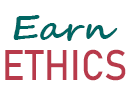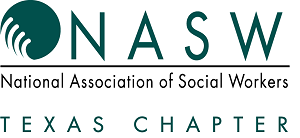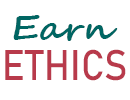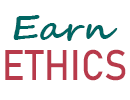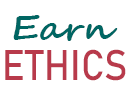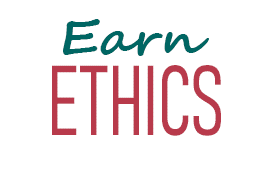*Self-Study courses from NASW-TX are accessible for 30 days from the purchase date. You must complete the course within that timeframe to receive your CEUs.
*Please check with the regulatory board in the state(s) where you are licensed to ensure this course meets continuing education requirements.
As abolition has entered mainstream dialogues around the child welfare system, the ideas behind this movement can still seem daunting, and even impossible, for those working in the field. Abolition is a theoretical framework, a practice, and a mental exercise in rethinking how we approach social ills while supporting families and communities (Davis et al., 2021). As it currently exists, rather than providing services and addressing societal failings, the child welfare system obscures state violence and blames individuals, often scapegoating Black mothers, and uses this to remove children (Bergen & Abji, 2020; Roberts, 2012). Abolition is pushing back against carceral logic and asking why we allow children and families to suffer the impact of forcibly interacting with an oppressive system? For decades, the child welfare system has been described as "broken" when in reality, it is working as it was designed (Dettlaff et al., 2020).
Some advocates continue to argue the system can be reformed, but others insist the system must be abolished. While there is also debate in the field regarding the causes of racial disproportionality in the child welfare system, there is no question that racial biases are prevalent and families of color are being targeted, hyper-surveilled, and forcibly separated. Abolitionists understand that Black families are more vulnerable to being impacted by this system that is rooted in punishment and control. For example, 53% of Black children will interact with a child welfare agency before the age of eighteen as compared to 22% of White children and 32% of Hispanic children (Kim et al., 2017). How Black families interact with the child welfare system is problematic as well. In Texas, Black families are more likely to be assigned to traditional investigations and less likely to be assigned to alternative response, a program aimed at directing families to more concrete services (Disproportionality Analysis, 2021). If we agree that attempts by child welfare advocates to "reform" this system have proven futile, this begs the question "What about the families already in the child welfare system?"
Within the confines of the current system, shorter-term steps must also be recognized along the path to abolition. Interim advocacy can encourage divestment from the system, reduce the power and reach of the state, and most importantly, prioritize the perspectives of impacted communities. Abolition is not a singular event. It is a process toward eliminating carceral systems while working towards life-affirming and healing-centered approaches. Watch this video to learn why and how social workers can help improve the system and support impacted families.
Trouble registering for an event? Contact InReach Tech Support at the contact information at the bottom of this page.
Can’t log in to your NASW Member account? Contact NASW Member Services at 800-742-4089 or membership@socialworkers.org.

 Adding Registration, Please wait...
Adding Registration, Please wait...



